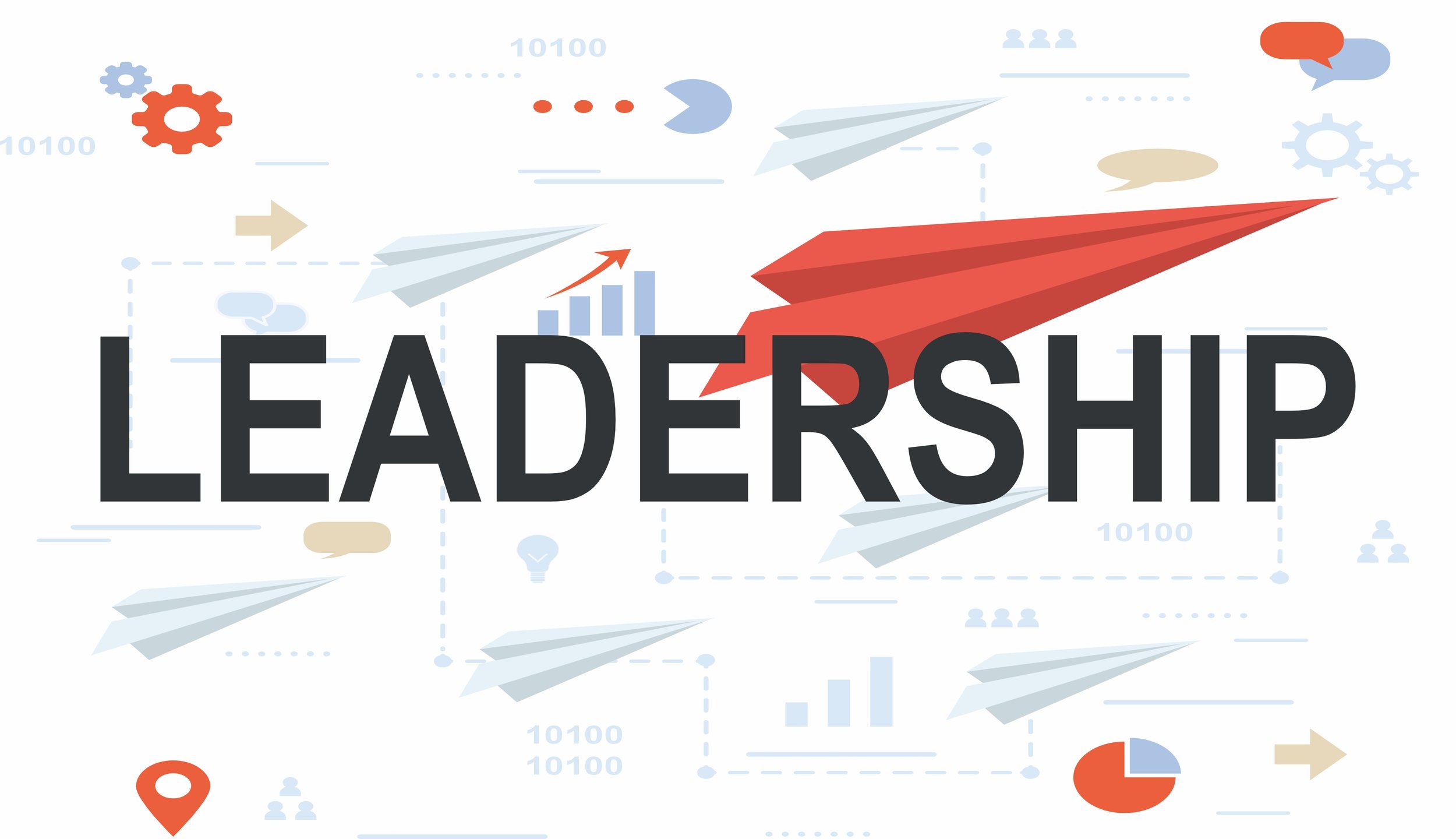Harness Design Thinking for Problem Solving.
It might be surprising for some, but the design industry is not confined to its four walls. A fashion designer might seem merely the person who designs clothes for you. An interior designer might seem to be just organizing the furniture inside your house. However, these tasks are not “just something” that takes no effort or innovation. In fact, the design uses a powerful problem-solving approach that helps bring creative solutions to various fields like healthcare, technology, and education.
Design thinking can help us see complex problems in any field from a fresh perspective to bring innovative solutions. Most people do not tend to realize how design thinking can be a powerful tool in all fields, and for that, here are six application processes of design thinking to help you understand its adaptable nature.
6 Innovative Application Processes of Design Thinking to Help You Various Fields Beyond Design
Human Centric Approach
Design thinking focuses greatly on a human-centric approach. Each designer tries to showcase their personality and experience and takes on solving any particular problem through their work. With a human-centric approach in any field, you will be able to create solutions that are relatable and useful for people on different levels. The personal touch helps in the development of user-centric solutions. And the best part is that it can be applied to so many industries ranging from healthcare to urban planning and even social initiatives. A human-centric approach is the key to creating solutions that become timeless and have a profound effect on people’s lives.
Possibilities of the Design Process
The design process is, to put it mildly, exhaustive. There are different stages of design thinking, starting from research, ideation, prototyping, testing, and refinement. This five-step process may seem long and arduous, but it helps people get a deeper understanding of the problem overall, along with the ability to critically analyze the problem and find the solution that best suits their needs. This process also helps in developing different variations of the solutions and running them through the process of prototyping and refinement to create the best possible outcomes.
Design Thinking in Healthcare
Design thinking focuses on human-centric ideals, and healthcare deals with humans and their needs. It is a match made in heaven. Design thinking in healthcare allows for massive improvements in terms of the patient experience and healthcare outcomes. It also helps the healthcare industry change every small detail about itself to become more patient-friendly. Starting from the layout of healthcare facilities to training professionals to understand the patient’s needs, design thinking can be used to transform the healthcare industry and improve the core practices to become more patient-centric.
Design Thinking in Education
The educational curriculum often fails to differentiate and validate the different types and levels of intellect among students. Design thinking allows educational institutions to design curriculums that are student-centric. This helps the curriculum be more accessible to students and helps them understand the core concepts on a deeper level while creating a more inclusive space for all types of intellects. Design thinking in education also promotes critical thinking and allows students to create their own paths as individuals.
Design Thinking in Technology
Technology is all about design. Good design is both in the development of the product and the actual physical or virtual design of it. Design thinking and the practice of creating iterations help the development of the best possible variants of technology. Plus, with design thinking, you get to create products that put the user’s needs first. This means the outline of the product focuses on intuitive interfaces that are easy to use and clearly understandable even by novice users. Allowing technology products to have a wider reach.
Design Thinking in Environmental & Social Aspects
The need for environmental preservation is crucial, but just stating rules about what you should and shouldn’t do is not enough. Design thinking allows people to create environmental change factors that can be easily implemented and have the least disruption to the end user’s regular lifestyle. This ensures that the changes can be broadly adapted and have the impact they need on a wider scale. Easily accessible changes that focus on the end user can have a greater impact on both environmental and social issues than most other types of solutions.
Conclusion
These are but some ways in which design thinking can be and is beneficial for various industries. If you are intrigued by design thinking and would love to learn more about it, check out our design courses at JIET Jodhpur. We even offer special courses on design communication, which allows you to learn the core proponents of design thinking and use that in any industry or in general life to create solutions. For more information, check out our website today.









